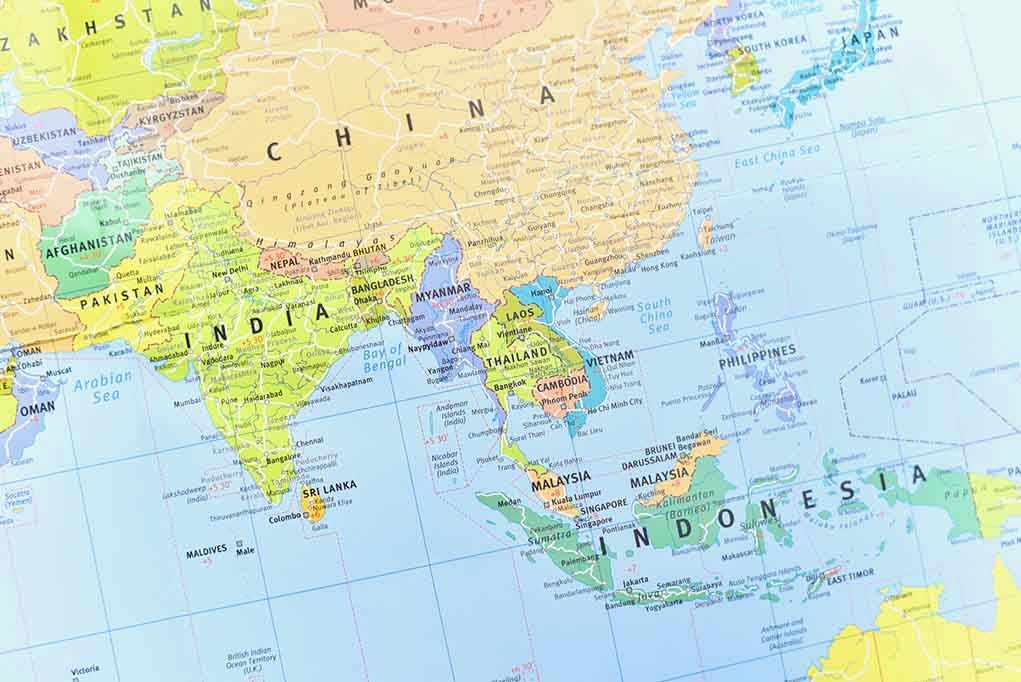
Trump’s announcement of a 19% tariff on Philippine goods has left many wondering how this bold move will reshape the economic landscape.
At a Glance
- Trump announces a new trade deal with the Philippines with a 19% tariff on goods.
- The Philippines will reportedly “go open market” with U.S. goods.
- The deal marks a departure from previous preferential trade arrangements.
- Concerns rise over potential impacts on Philippine exports and economic stability.
Trump’s Trade Strategy: Protecting American Interests
President Donald Trump has once again demonstrated his unwavering commitment to prioritizing American economic interests. By imposing a 19% tariff on goods from the Philippines, Trump aims to address perceived trade imbalances and protect domestic industries. This move aligns with his broader strategy of using tariffs as leverage to secure more favorable trade terms for the United States. The announcement has sparked discussions about the future of U.S.-Philippine trade relations and the potential consequences for both economies.
The new trade deal comes in the wake of escalating global trade tensions, with the U.S. actively renegotiating or imposing tariffs on several countries, including Canada, Mexico, and China. By targeting the Philippines, the U.S. signals a tougher stance on trade with Southeast Asian partners, marking a significant shift from previous preferential arrangements. The specifics of the agreement, such as which goods are affected, remain undisclosed, leaving affected industries in a state of uncertainty.
Philippine Response: Navigating Economic Challenges
The Philippine government, led by President Ferdinand Marcos Jr., faces the daunting task of responding to the new trade terms. The Philippines relies heavily on exports to the U.S., especially in sectors like electronics, garments, and agriculture. The imposition of a 19% tariff threatens to disrupt these industries, potentially leading to job losses and economic instability.
Philippine officials have yet to issue a detailed response, but initial reactions suggest concern over the deal’s impact on exports and the broader economy. As the country grapples with these challenges, the government must balance safeguarding jobs and exports while maintaining diplomatic relations with the U.S. The pressure is on for the Philippines to seek alternative markets or negotiate for tariff reductions to mitigate the long-term effects.
Economic Implications and Industry Reactions
The immediate increase in costs for Philippine exporters poses a significant challenge, with potential disruption of supply chains and uncertainty for businesses reliant on U.S. market access. In the long term, the deal could lead to a realignment of trade flows, with the Philippines seeking new trade partners or negotiating better terms. The risk of retaliatory measures or broader trade tensions cannot be overlooked.
Industry groups in both countries are actively seeking clarification on the scope and timeline of the new tariffs. Philippine exporters, particularly in electronics, garments, and agriculture, face reduced competitiveness in the U.S. market. Meanwhile, U.S. importers and consumers may experience higher prices on goods sourced from the Philippines, further fueling concerns about inflation.
Broader Impacts and Future Prospects
The announcement of a 19% tariff on Philippine goods underscores the complexities of global trade and the potential ripple effects across related industries and supply chains. Economists warn that such tariffs could undermine the benefits of free trade, leading to retaliatory measures and harming both economies. The strain on U.S.-Philippine relations may prompt the Philippines to seek closer ties with other major economies, such as China or the EU.
As the situation unfolds, the future of U.S.-Philippine trade relations remains uncertain. The deal, while concluded, still leaves many questions unanswered regarding its implementation and potential adjustments. As industry groups, policymakers, and consumers brace for the impact, the need for open dialogue and strategic negotiations becomes increasingly critical.
Sources:
Wikipedia: 2025 United States trade war with Canada and Mexico
Politico: Canada pauses new tariff threats as Trump escalates
ABC News: What to know about Trump’s new tariffs on Canada
Holland & Knight: Reciprocal Tariff Update: State of Bilateral Negotiations












